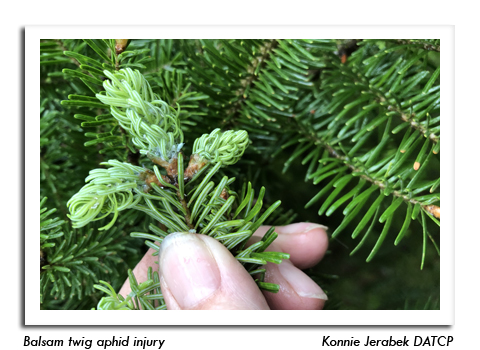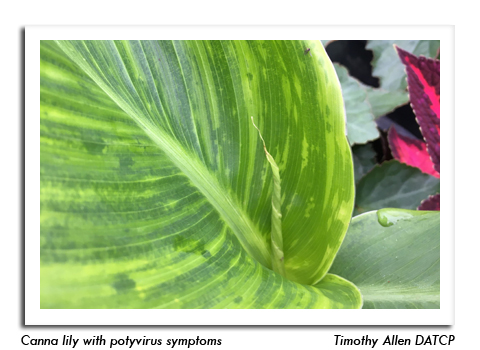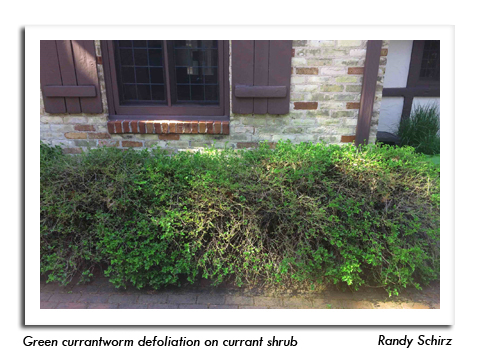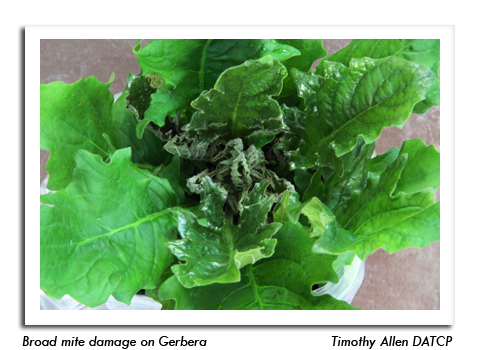
 |
|
|
Nursery & Forest
Volume 65 Number 5 Date 05/28/2020 DAYLILY RUST - Daylily plants infected with this rust disease were found at garden centers in Dane and Racine counties on the varieties "Blazing Skye", "Radiant Skye", and "Saffron Skye." Symptoms include small, raised yellowish-orange pustules that appear on the lower leaf surface and eventually release spores that spread to other daylilies. The disease cycle involves a secondary host, Patrina spp. Daylily rust is not known to overwinter in Wisconsin. The spores either arrive on southerly winds or on infected plants from out-of-state suppliers. BALSAM TWIG APHID - Nursery inspectors report that heavy populations of balsam twig aphids were observed on new balsam fir shoots at a nursery grower in Dunn County. At this stage, the nymphs are feeding at the base of shoots. An indicator of infestation is the appearance of waxy flocking on the new shoots. Controls, if warranted, should be initiated promptly in nurseries and Christmas tree plantings that had severe infestations of this pest last season. POTYVIRUS - A relatively large shipment consisting of two varieties of Canna lilies from Oklahoma was found to be infected with potyvirus in Marathon County. Viral symptoms typically begin as subtle light and dark green streaks or mottled patterns along the plant foliage, which eventually turn necrotic and increase susceptibility to other secondary diseases. Potyviruses can be damaging to many agricultural, horticultural, and ornamental crops. Consequently, it is DATCP policy to order the destruction of virus-infected plants, since there is no cure for infected plants. Industry-wide attention to selecting and maintaining virus-free breeding stock, consumer education to recognize plant virus symptoms, and removal and proper disposal of infected plant materials are all imperative for virus control. GREEN CURRANTWORM - A Milwaukee area resident reported severe defoliation of currant shrubs by this sawfly species. According to the account, the voracious larvae could be heard consuming the foliage and produced an audible noise that at first sounded like clicking or water dripping. The homeowners were confused by the noise and inspected the shrub several times, but could not see the tiny green worms until the defoliation was obvious. Because the adult female sawflies lay eggs on the underside of leaves low in the center of the bush, the young larvae often go unnoticed until foliage has been stripped. This species has more than one generation per year, making it important to regularly check susceptible plants throughout summer. BROAD MITE - Mite infestations were noted this week on purple coneflower at a garden center in Dane County. The toxic saliva produced by these tiny (0.3 mm) mites results in curling, hardening and twisting at growing points of the plant, symptoms similar to herbicide damage. Broad mites are best managed by isolating plants and, for severe cases, treating infested plants with an appropriate miticide. -- Shanon Hankin and Timothy Allen, DATCP Nursery Inspectors .jpg)



.jpg)

|
|
|